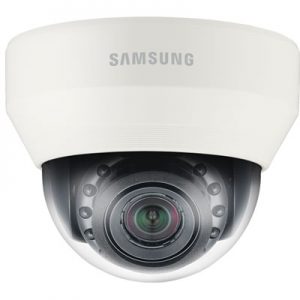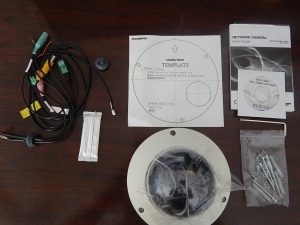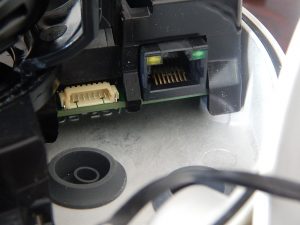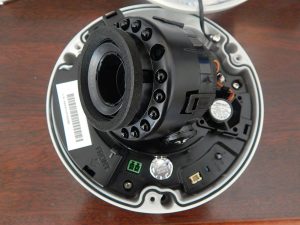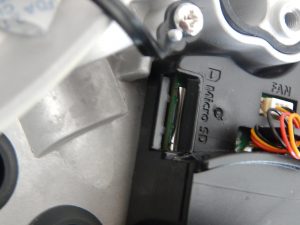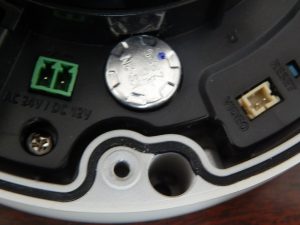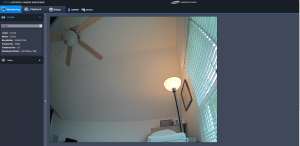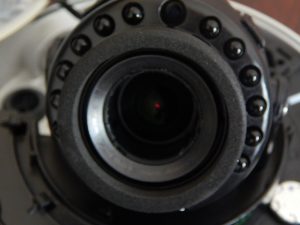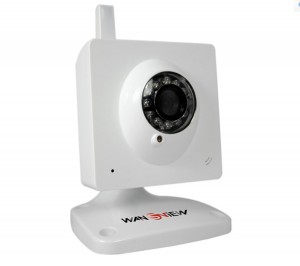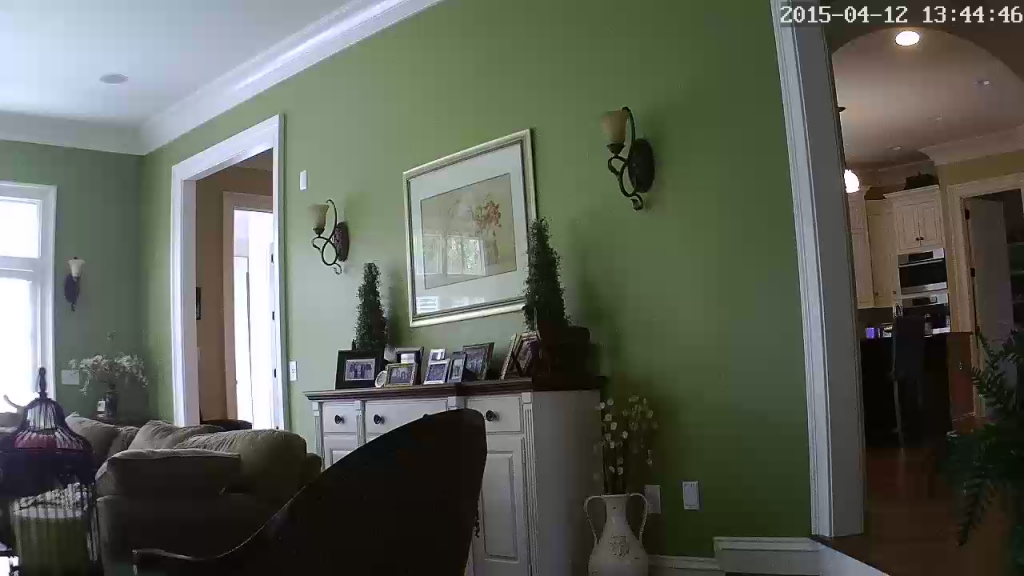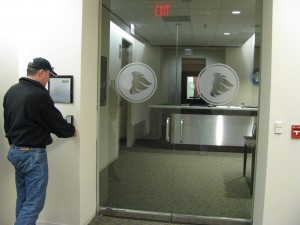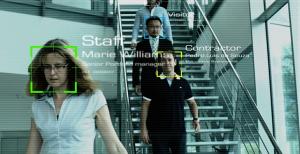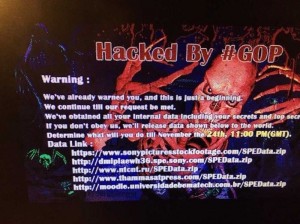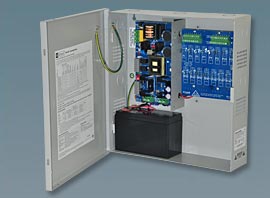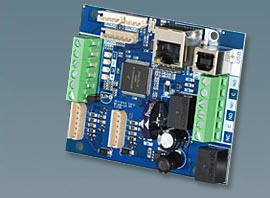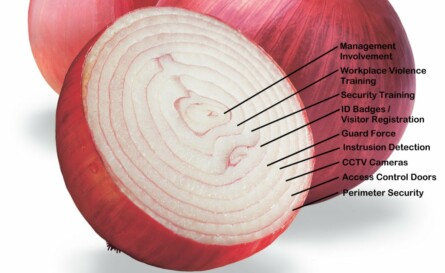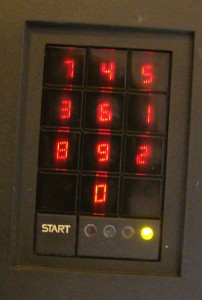LED Street Lighting for Security Purposes
Drive down any US city street these days, and the 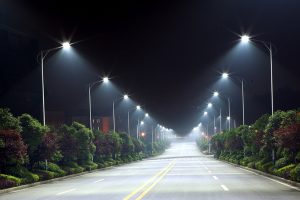 old, yellow street lights now shine bright white and bright with the latest in modern street lights, LEDs. LED lights are popular because of their tremendous energy savings, about 80-90% energy efficiency, when compared to a traditional incandescent light bulb. This means the LED lamp has about 80% of the energy used to illuminate actually goes into making the light, with the remaining 20% given off as thermal energy. Compared with the highly inefficient incandescent bulb, which is about 25% converted to light, and 75% given off as heat. So for any business, residence, or municipality, a huge savings in operating costs can be found by switching to LED lighting, and with federal subsidies for energy savings, the capital costs are partially offset as well.
old, yellow street lights now shine bright white and bright with the latest in modern street lights, LEDs. LED lights are popular because of their tremendous energy savings, about 80-90% energy efficiency, when compared to a traditional incandescent light bulb. This means the LED lamp has about 80% of the energy used to illuminate actually goes into making the light, with the remaining 20% given off as thermal energy. Compared with the highly inefficient incandescent bulb, which is about 25% converted to light, and 75% given off as heat. So for any business, residence, or municipality, a huge savings in operating costs can be found by switching to LED lighting, and with federal subsidies for energy savings, the capital costs are partially offset as well.
But a small wrinkle has developed as the American Medical Association (AMA) has adopted guidance for communities on selecting among LED lighting options to minimize potential harmful human and environmental effects. People are complaining about driving under the blue-white lights, or trying to sleep with one newly installed on the street outside their bedroom window. According to the AMA: “High-intensity LED lighting designs emit a large amount of blue light that appears white to the naked eye and create worse nighttime glare than conventional lighting. Discomfort and disability from intense, blue-rich LED lighting can decrease visual acuity and safety, resulting in concerns and creating a road hazard. In addition to its impact on drivers, blue-rich LED streetlights operate at a wavelength that most adversely suppresses melatonin during night. It is estimated that white LED lamps have five times greater impact on circadian sleep rhythms than conventional street lamps. Recent large surveys found that brighter residential nighttime lighting is associated with reduced sleep times, dissatisfaction with sleep quality, excessive sleepiness, impaired daytime functioning and obesity.” So the AMA is recommending that LED street lamps that are installed turn the color temperature down from 5000K or 4000K to at least 3000K, or a “warm-white” color that more mimics natural sunlight.
For the last 30 or 40 years, most street lamps have been high pressure sodium or mercury vapor lamps. These are high intensity gas discharge (HID) lamps that operate by forcing an electric arc through vaporized mercury or sodium to produce light. The arc discharge is generally confined to a small fused quartz arc tube mounted within a larger borosilicate glass bulb. The color is the big difference: mercury vapor lamps usually produce a bluish/purple color when operating, and sodium lamps produce a yellowish/brown color. Sodium is the most common type lamp until just recently because it was more efficient than mercury.
So what difference does this make from a security standpoint? The color mostly… Oddly from a security standpoint the color can make a difference from a psychological and electronic security perspective. In the past we have generally recommended Metal Halide HID lamps instead of mercury or sodium, even though they operate similarly, because the color is a much more true white and allows for proper color identification in low light situations. Mercury and Sodium lamps can make greens and reds look like different colors, and navy and black almost impossible to differentiate. Enter LED lamps. They look very similar to metal halide from a color perspective, and allow better color rendition for both human eyes and electronic eyes such as video surveillance cameras, most of which see in color these days even at night (if the lighting is good enough). Below you can see the major difference between an older style sodium vapor lamp and a newer LED.

Both lamps give off ample light, but there is an obvious color difference. And while it’s not terribly easy to see from this photo, true accurate color renderings are harder with the yellow sodium lamps. The LED lamp here is a hotter color temperature, around 4000K and has that bluish tint that is being complained about. Lowering the temperature to 3000K would make it slightly more amber, but not anywhere near the color of the sodium lamp.
So if your business, facility, or municipality has LED lamps being planned, it may be prudent to push for a 3000K color temperature not only for security camera color rendering accuracy, but also from a psychological and health perspective, and you have the AMA helping make your case for you.
Posted in: Company News, CPTED
Leave a Comment (0) →
